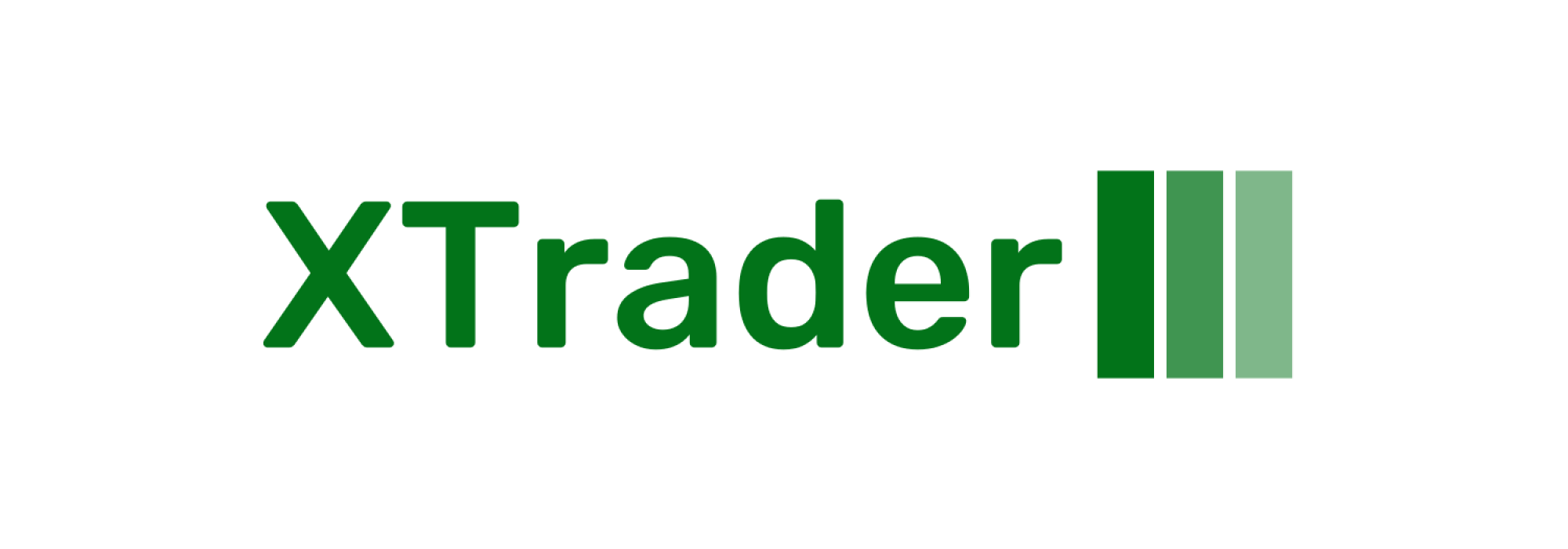In recent months, “AI” or Artificial Intelligence has captured significant attention in the business world, dominating headlines throughout May and sparking discussions about its growth potential.
May witnessed Growth outperforming Value, with the Russell 1000 Growth Index gaining 4.6%, while the Russell 1000 Value Index lost nearly 4%. The Nasdaq 100 Index, heavily weighted in the tech sector and a focal point in the AI discussion, gained 7.7%, marking a new 52-week high and rising over 30% YTD.
In contrast, the Dow remained flat for the year, raising concerns about market breadth and narrow leadership. Seven of the top eight stocks in the S&P 500 were primarily responsible for the gains in 2023.
The Federal Reserve, in a unanimous vote, hiked rates by 25bps at the May meeting, bringing the overnight rate to 5.00%-5.25%. Fed Chair Powell suggested a potential pause in future rate hikes but dismissed the idea of cutting rates soon. Traders, however, expected three rate cuts before year-end, creating a disparity in views.
The May FOMC meeting minutes revealed officials’ split opinions on further hikes, with Fed fund futures indicating a 2% chance of a 25bps hike in June. Inflation moderated slightly, with April’s CPI at 4.9%, down from the June peak of 9%, though still elevated.
A debt-limit deal brokered by President Biden and House Speaker Kevin McCarthy aimed to prevent a worst-case US default, and regional banks rebounded towards month-end, with the KBW Regional Bank Index closing down 9% for May.
Treasuries experienced gains across the curve, with the 10-year U.S. Treasury yield at 3.64%. Earnings commentary revealed the second straight quarter of Y/Y declines for S&P 500 companies, although they recorded their best performance relative to analyst expectations since Q4’21.
Economic indicators presented a mixed picture, with better-than-expected job creation, lower unemployment rates, and strong hourly wage growth. Inflation remained a concern, but PPI continued to moderate. Retail sales rose due to price increases, and the GDP estimate for Q1’22 was revised upward. The dollar strengthened over 2.5% in May, supported by robust jobs data and sticky inflation. Looking ahead to June, multiple market catalysts include the May Jobs report, CPI and PPI releases,
FOMC rate decision, “triple witch” options expiration, S&P Index rebalancing, and the annual Russell Reconstitution.
The larger question for the market revolves around whether the rally in tech stocks will extend to other sectors and how “long and variable lags” in Fed policy and tighter credit conditions might impact corporate earnings in the second half of the year.
